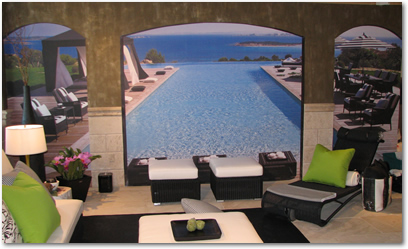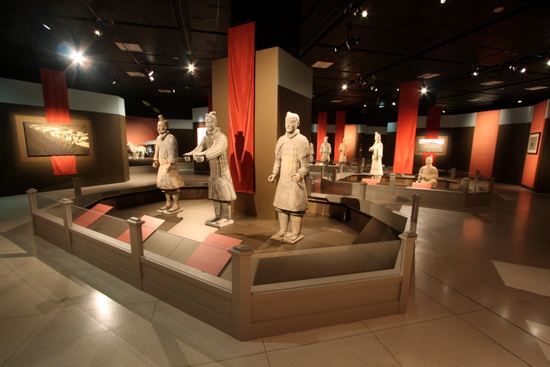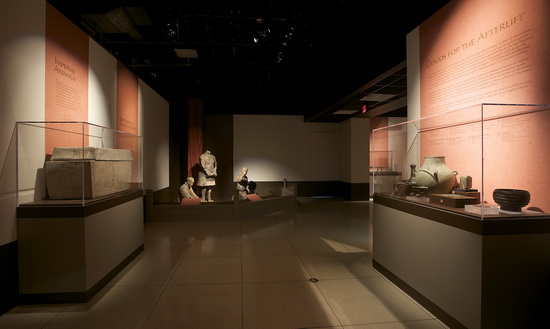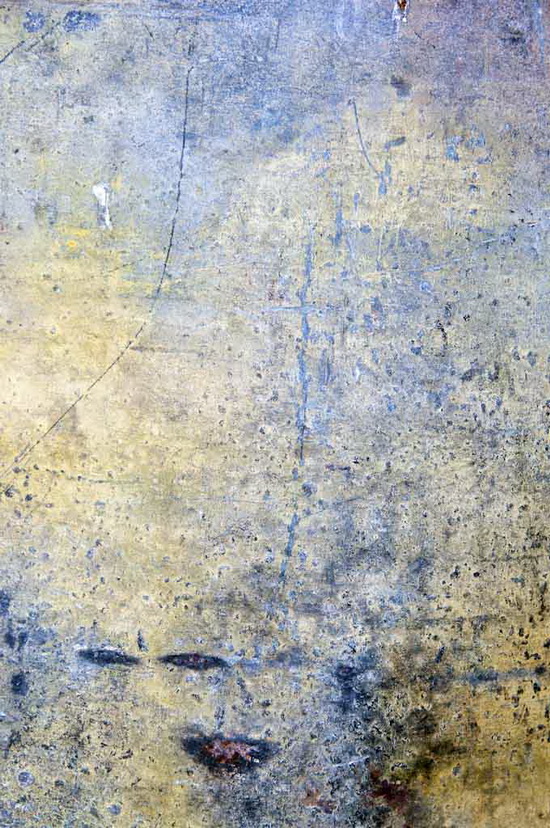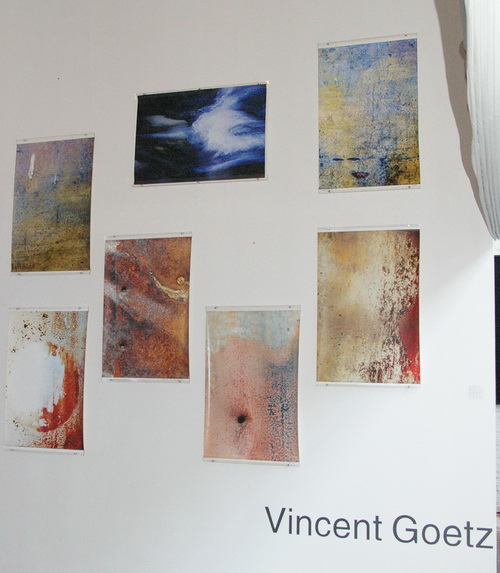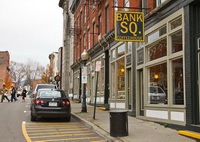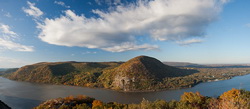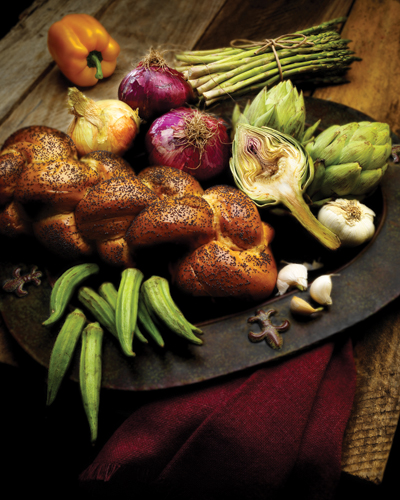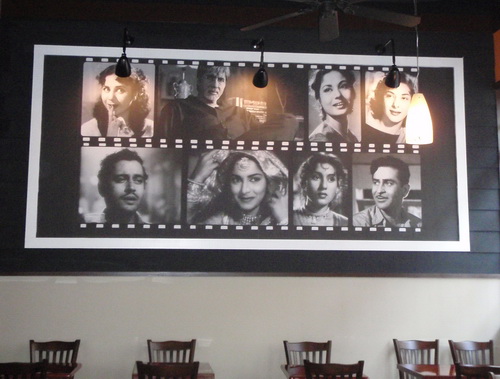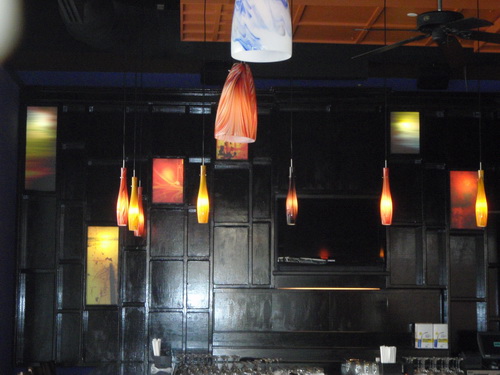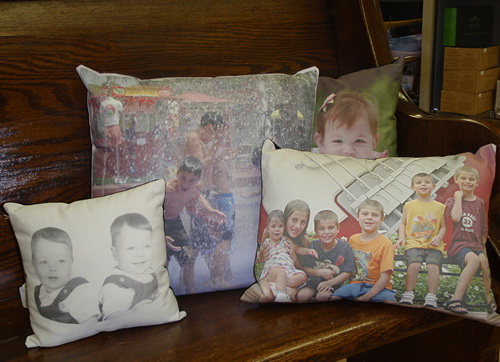Hanging a picture on a wall can take on a whole new meaning when the image is supersized, printed in panels on a wallcovering material, and installed by a professional paperhanger.
In a previous post on this blog LexJet showed an example of a restaurant mural that photographer Norman Gilbert had created for the entrance of The Tower Room restaurant in Memphis. He printed that mural on his Epson Stylus Pro 9600 wide-format printer using LexJet’s WallPro wallcovering material for aqueous inkjet printers.
Recently, LexJet introduced a new line of textured wallcovering materials for inkjet printers that use low solvent inks (such as the Epson Stylus Pro GS6000), solvent inks, or UV-curable inks.
These new WallPro SUV materials offer several advantages that will enable interior designers to decorate entire walls, hallways, entryways, or rooms with custom-designed murals. For one thing, the WallPro SUV materials cost about one-third less per square foot than the original WallPro materials for aqueous inks. And because solvent ink printers can print faster than aqueous-inkjet printers, a higher number of panels can be printed in less time.
The WallPro SUV materials incorporate LexJet’s expertise in producing inkjet materials for high-quality photo and art reproduction. For example, the bright white, matte surface of the wallcoverings helps produce the wide color gamut needed to show more highlight and shadow details in an image, support smooth tonal gradations, and reproduce corporate colors. The relatively subtle textures in these wallcoverings were selected to enhance the overall aesthetics of a decorated room without degrading key details in the printed artwork or images.
With LexJet WallPro™ SUV wallcoverings, any photograph, painting, graphic design, brand image, or montage can be converted into a site-specific, decorative mural for corporate offices and lobbies, museums, restaurants, hotels, resorts, healthcare facilities, retail stores, universities, sport and entertainment venues, and homes.
Four textures are currently available:
WallPro SUV Velvet is the most versatile because its smooth, softly textured surface is good for reproducing high-resolution images. It is recommended for use in corporate environments, healthcare facilities, entertainment venues, and retail.
WallPro SUV Canvas looks like a finely woven art canvas. It is ideal for reproducing artwork and photographs and is a great choice for museums, restaurants, and hotels. It can even be used to create short-term economical gallery wraps for indoor or outdoor décor art.
WallPro SUV Fresco has a subtle, plaster-like texture that is perfect for certain types of restaurant décor or printing historical images in museums or themed retail environments. Images printed on this wallpaper can appear as if they have been painted directly on the wall.
WallPro SUV Pebble is a good option for décor clients who want to see a stronger, more visible texture behind an image with softer details.
All of LexJet’s WallPro SUV wallcoverings meet Class A fire-rating standards and EPA requirements low VOC-emitting products. Because LexJet WallPro materials are designed for long-term use, professional installation by an experienced paperhanger is recommended. To find a professional paperhanger in your area, visit the website the National Guild of Professional Paperhangers (NGPP)
For more details about LexJet WallPro SUV and the Epson Stylus Pro GS6000 printer that can be used to print them, call a LexJet account specialist at 800-453-9538.
If you have ideas for murals that you would like to create, an account specialist can refer you to a printing company in your area that is equipped to print on LexJet WallPro SUV.
